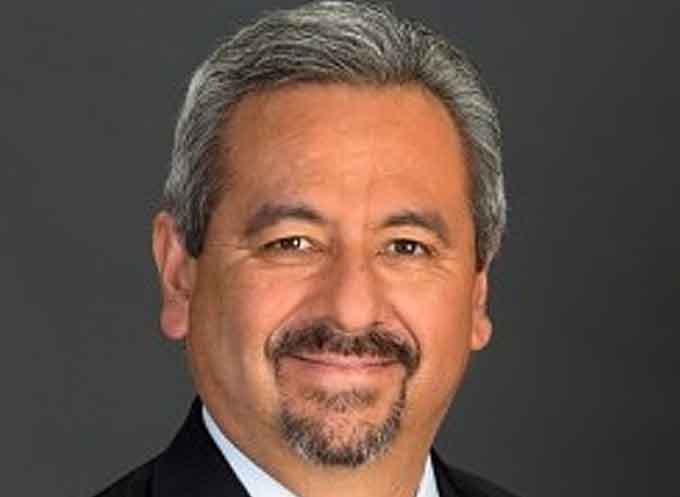
General Dynamics Mission Systems (GDMS) has been awarded a contract from the U.S. Navy to restore and maintain a satellite system simulator for students at the Naval Postgraduate School, Spacecraft Research and Design Center/Adaptive Optics Center of Excellence.
The center offer hands-on education and research in adaptive optics, advanced electro-optical imaging systems, high energy laser systems, spacecraft design, laser communications, and other related fields that are important for our national security.

The satellite simulator, a model of a Navy Fleet Satellite (FLTSAT) communications satellite, will help students hone their skills in managing the technical aspects of space systems including satellite command, control and communications and troubleshooting satellite and constellation anomalies.

“The General Dynamics NAVSOC (Naval Satellite Operations Center) team has worked with the Naval Postgraduate School for more than 10 years,” explains Manny Mora, a vice president and general manager of General Dynamics Mission Systems.“
Updating the simulator to perform just like the actual system is a tremendous training opportunity for these advanced degree students.”
“They will have a realistic ‘hands-on’ learning experience, while we support the development of future U.S. Department of Defense space engineers and leaders.”
The General Dynamics team also supports instructors teaching a wide range of space-related topics to Naval Postgraduate School students from across the U.S. Department of Defense (DoD).
(Learn More. From satellite ground stations to VSAT antennas, GDMS is on the cutting edge of technology development in the satellite communications industry. Customers around the world continue to select GDMS antennas to connect their networks because of the quality of the product and the people behind it. Courtesy of General Dynamics Mission Systems. Posted on Dec 6, 2017.)
The academic programs include mastery of the technical aspects of space systems including design, development, installation, and maintenance of spacecraft, space payloads, supporting earth stations, terminals and command, control and communications connectivity.
The General Dynamics NAVSOC team is located at Naval Air Station, Point Mugu, Calif., supporting the Navy’s operation of the FLTSAT and Ultra-high Frequency Follow-on communication satellite constellations.
Recently, the team completed all on-orbit testing for the Navy’s new Mobile User Objective System (MUOS) satellite communications system before it was turned over to the Navy for day-to-day operations.
(Learn More. The Mobile User Objective System (MUOS) is the U.S. Navy’s next-generation satellite communications system that provides simultaneous voice, video and data communications for U.S. Armed Forces anytime and anywhere in the world. Courtesy of General Dynamics Mission Systems. Posted on Nov 12, 2014.)

















